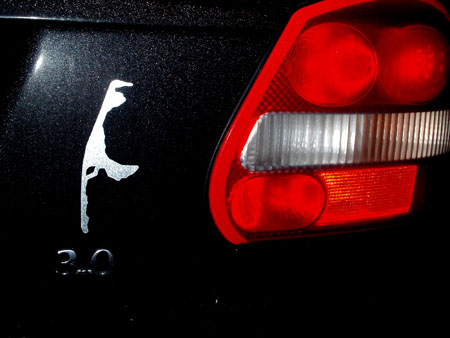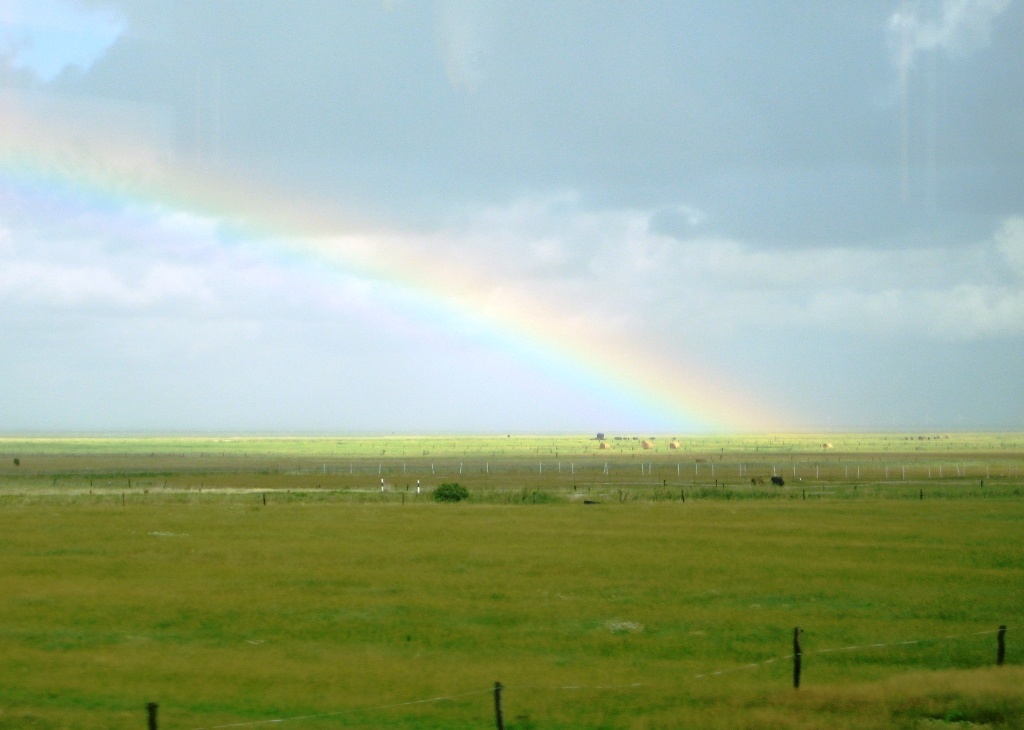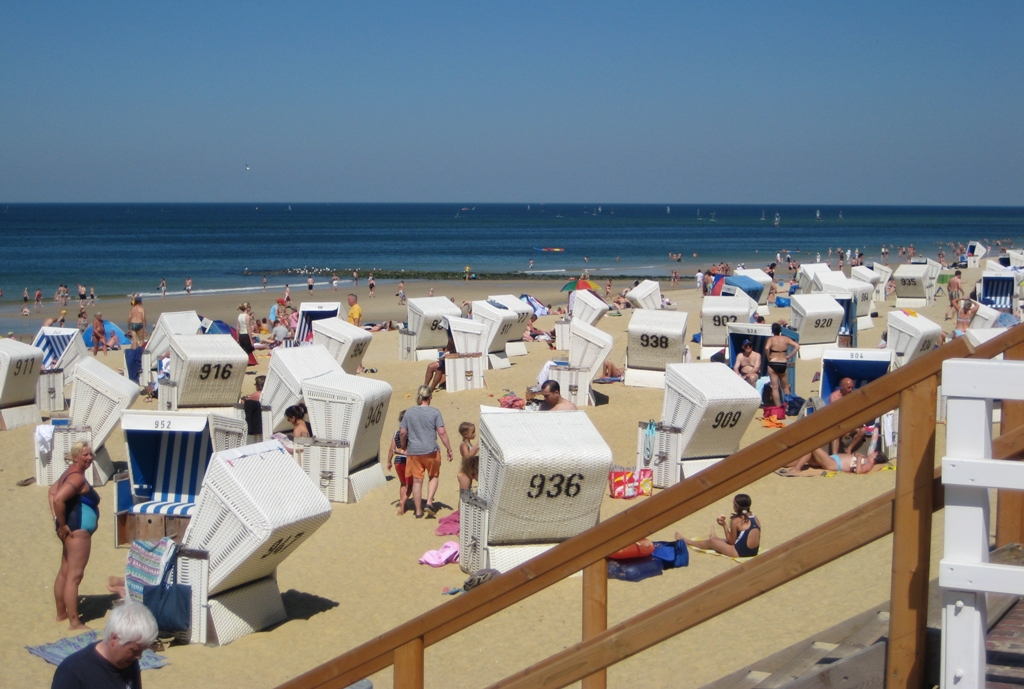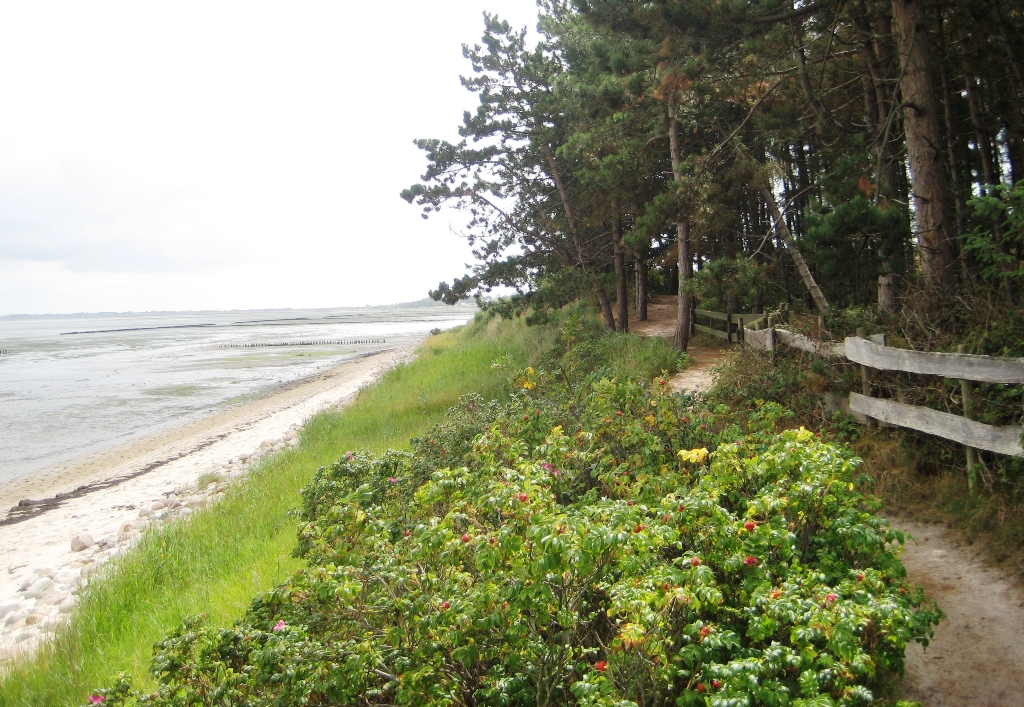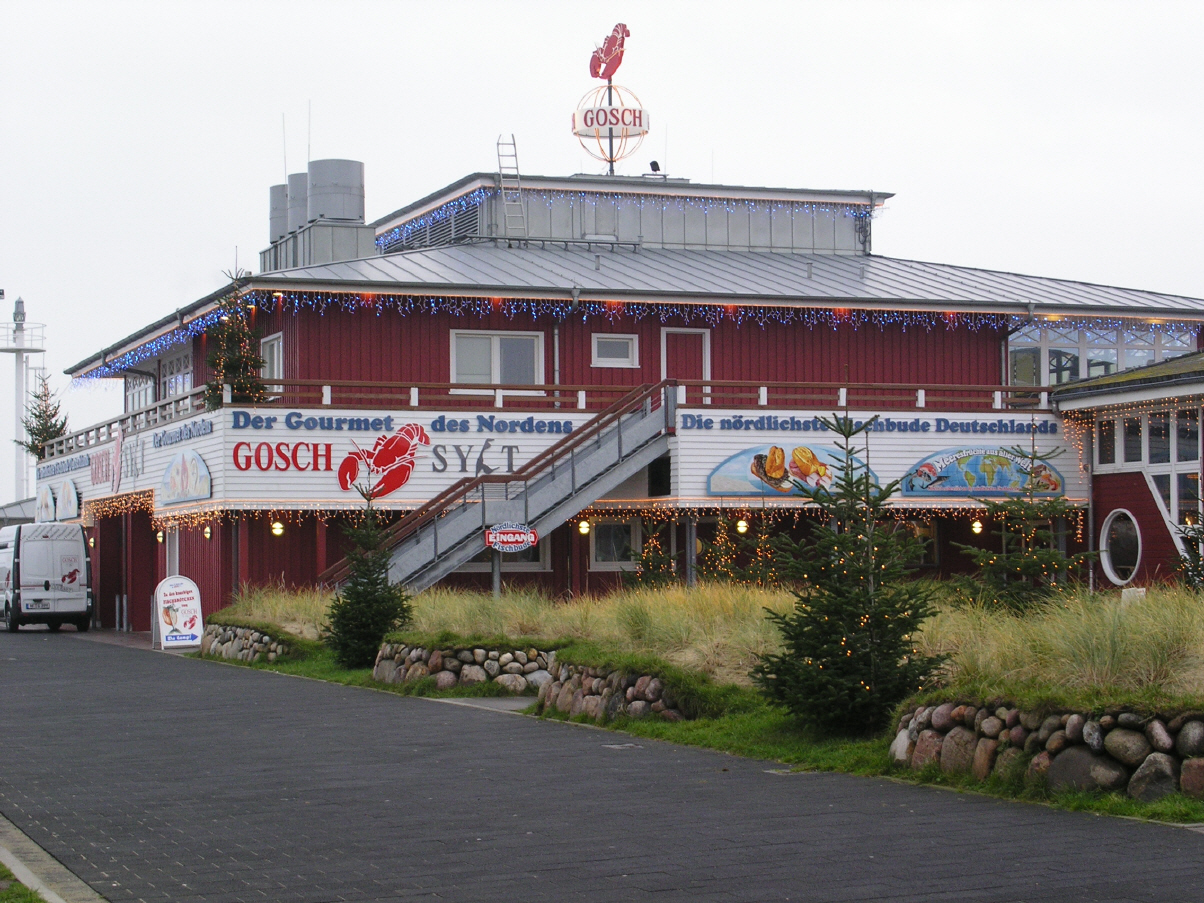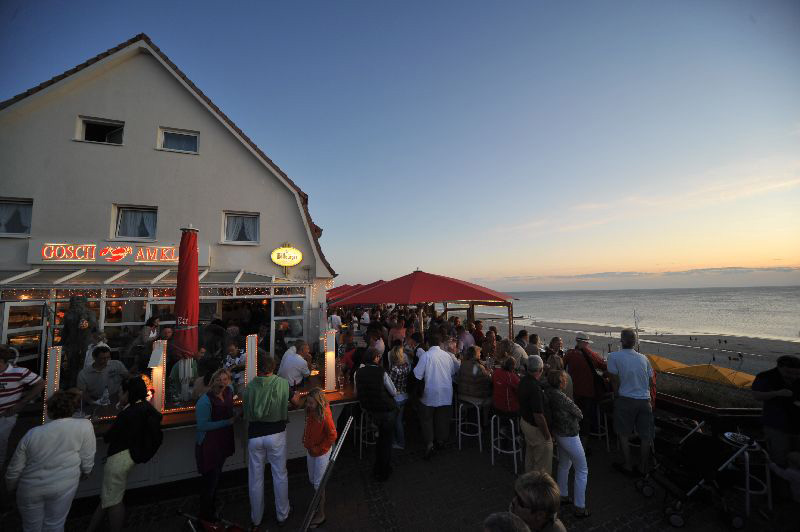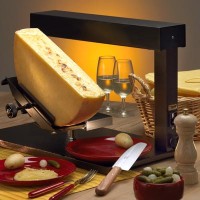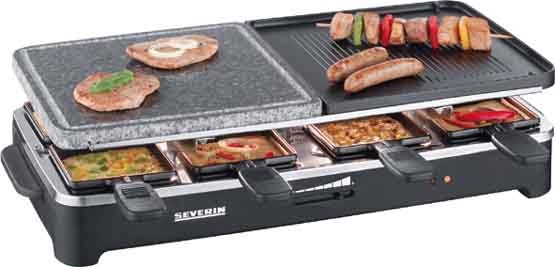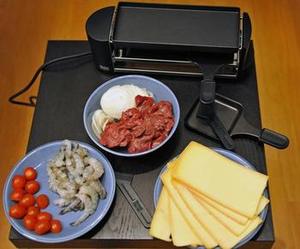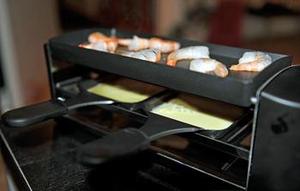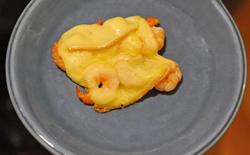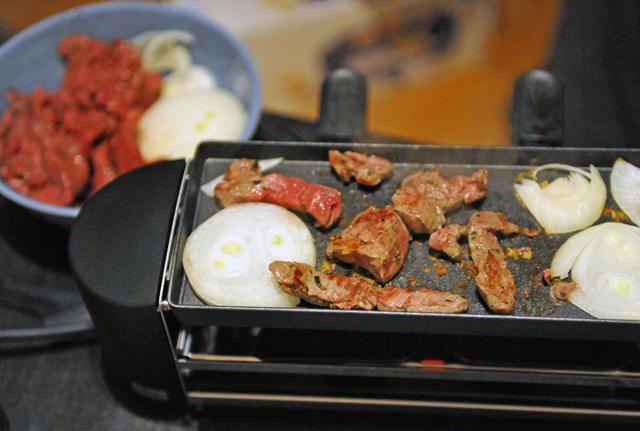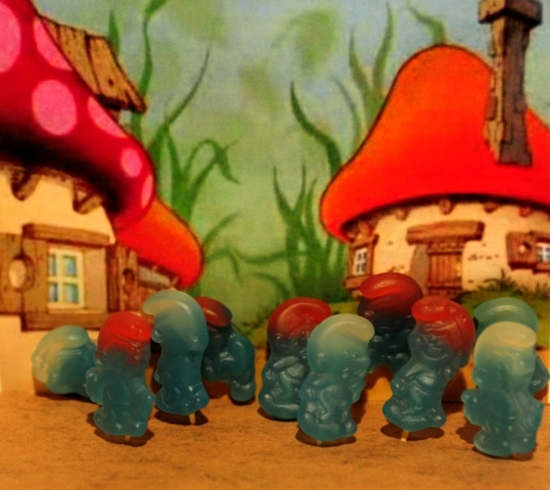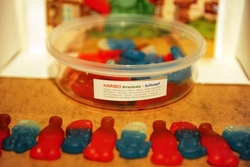Schlager Music
 Monday, March 7, 2011 at 8:00
Monday, March 7, 2011 at 8:00 When most of us think of Germany's musical contributions, we think Bach, Beethovern, Brahms, or Wagner. Or Nena, The Scorpions, Tokio Hotel, new wave, techno, or oompah bands.
But when you spend enough time in Germany (especially Southern Germany), you find out about Schlagermusik.
The closest translation of "Schlager" is "hit." It was very popular in the 60's and 70's across Germany, Austria, and Switzerland, and has had a huge revival in the last 10 years. So hard to describe, but at its best, Schlager is kitschy, cheesy, often ballad-style, usually upbeat, and a lot of fun. Throw in some bad hair, glittery costumes, choreography, props and the usual pop production tricks, and there you have it. There's a beat to clap along with and catchy lyrics for the audience to sing...and there's a big niche in the Schlager for songs inspired by Spanish, Mexican, and Carribean rhythms (or lyrics that refer to their beaches). I'm guess it has something to do with the German love for great sun & sand vacations, but who knows? They don't stray too far from home though - the music videos and Sunday morning TV programs often have Alpine backgrounds and dirndl-type attire in the performances.
Schlager started in the 60s with a sound similar to popular American folk music (reminds me of The Lawrence Welk Show type performances, The Carpenters, Petula Clark, and so on), then moved on to some full-on 70s craziness, and a little more pop rock in the 80s. Today, well...think of the music of Neil Diamond and persona of Tom Jones (his music works too)...they're cheesy, a bit dated, and so much fun.
There are endless CDs and DVDs sold on late night TV, television specials, Schlager Star Parade tours throughout Germany, and the annual Schlager Nacht auf Schalke at the Veltins Arena. And the annual Eurovision Song Contest is heavy on the Schlager style! But where you'll hear endless schlager is at Oktoberfest, any après ski hut, and in surprisingly many bars in Mallorca and other similar spots full of German tourists. It's everywhere...but no one really wants to admit how much they enjoy it.
(On a side note, the Danish have taken on the Schlager baton, and are adding a great cheesy tecnopop spin to it.)
Herr J and I are having a great time investigating this aspect of German culture. Good research requires us to go to concerts, musicals, skiing, beer festivals, and such. The closer it's tied to Oktoberfest or the Alps, the more there's some accordion and folk influence (including the electronic and techno versions!). We're working on a little guide of songs you need to know for Oktoberfest and Skiing. But for now, here are some of the most popular Schlager hits. Even if you don't understand a single word, they're very catchy and fun.
Ein Stern (der deinen Namen trägt):
I'll start you off easy, with one that's a good, solid pop song (check out the studio version here - more modern, but it's some guy's star picture slideshow). You'll also get the full effect from the crowd (they do not help combat the stereotype of rhythmless white people) and the dancers. This one is a live version, performed at a summer concert in Maastrict last year.
It's a sweet love song, with lyrics about giving your loved one a star in their name, and very catchy.
Classic Schlager - Ich war noch niemals in New York:
A classic hit by one of the schlager masters, Udo Jürgens. Translated as "I've never been to New York," it's about unfulfilled dreams. A husband goes out to buy cigarettes after dinner and starts thinking about all the things he's never done and realizes he could just hop on a plane now and see them. But in the end he buys his cigarettes and goes back home.
You can find the lyrics here, and in English. I heard this one at every beer festival and fair! (The lady who sings New York, New York has a pretty great voice!)
Schlager with dance steps - Fliegerlied (So ein schöner Tag):
I admit without shame I love this song. And last year I finally got the words and motions. Don't worry, we'll cover the steps when we get you ready for Oktoberfest and après ski...
There are better recordings of the song, but I like how this video captures the alpine setting and has people in animal costumes.
70s Schlager - Dschinghis Khan:
Yes, like Ghengis Khan, but in German words starting with the "J" sound are spelled with "Dsch". So, "Jungle" sounds almost the same as the German word "Dschungel."
This one is more funny than good, and was Germany's entry into Eurovision 1979. The 1979 part of it shows! These guys were not a one-hit wonder, they were quite popular...the intro to their song Moskau reminds me a lot of the Knight Rider theme. Anyway, Herr J and I saw this video on an infomercial and couldn't stop laughing.
70s Schlager - Anita
Not suprisingly, this is about a girl named Anita he falls in love with in Mexico. Costa Cordalis came to Germany from Greece as a teenager and became a big Schlager star...and is still performing his hits today in the tours.
80s Schlager - 1000 un 1 Nacht:
This one's about a girl and a guy who are friends. For a thousand nights, he's loved her but "nothing happened". The lyrics of the chorus say that they "Touched a thousand times; A thousand times nothing happened. But on the 1001st night... Boom!"
Rock Schlager - Wahnsinn (Hölle, Hölle, Hölle):
This one is a big hit in Oktoberfest and après ski. Entitled "Madness (hell, hell, hell)," it's basically a song about a girl who drives him crazy and makes his life hell, but he still wants her. What really appeals to the crowd (beyond the usual pop rock beat and melody tricks), is that there are many parts of the song where the crowd is supposed to yell something at the end of a verse, e.g., after "And my pride is long in the garbage" the crowd yells "Garbage, hazardous waste!" (Müll, Sondermüll!)
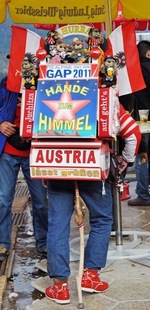 Die Hände zum Himmel:
Die Hände zum Himmel:
Basically it says "Hands up to heaven" and is about rejoicing, celebrating life, and knowing that tonight you are not alone. This video in particular is a great example of the full television special production and a song with some leanings toward folk music. This one may be one of the Fasching parties that have been on TV the past week. But you'll definitely hear this one at Oktoberfest, and it's also one of the FC Bayern fan songs, and the Austrians seem to be big fans too. I don't know what words to use to begin finding out what this thing is, but we saw this guy at the World Cup Alpine Ski.
And then there's the man who has it all....the hair, the suit, the name, and the fantastic light shows....Hansi Hintersee!
Some are even performed on a stadium-rock scale. Here are the East German group Puhdys singing "Hey, wir wollen die Eisbär sehen" (Hey, we want to see the Polar Bears). It's the anthem for the Berlin Polar Bears, a professional ice hockey team.
Really, it's a genre unique to this area, but there are a few foreign performers who could be included. For comparison (and your listening pleasure)....Sweet Caroline and Sex Bomb....both songs we often hear here too. The crowd went wild at Oktoberfest when the band played Sweet Caroline. I wouldn't say Neil Diamond's music generally is similar, but this song is close, when played with some energy. Tom Jones, however....he's all Schlager!
I'm sure it's purely coincidence that The Carpenters performed at the White House for visiting West German chancellor Willy Brandt, but you could switch the words to German and it would have fit perfectly into any 1970s schlager show!
 Frau A ...
Frau A ...  6 Comments
6 Comments  Germany & German Culture,
Germany & German Culture,  Music tagged
Music tagged  German music,
German music,  Neil Diamond,
Neil Diamond,  Tom Jones,
Tom Jones,  life in Germany,
life in Germany,  music,
music,  schlager ...
schlager ...  Print Article
Print Article  Email Article
Email Article 







